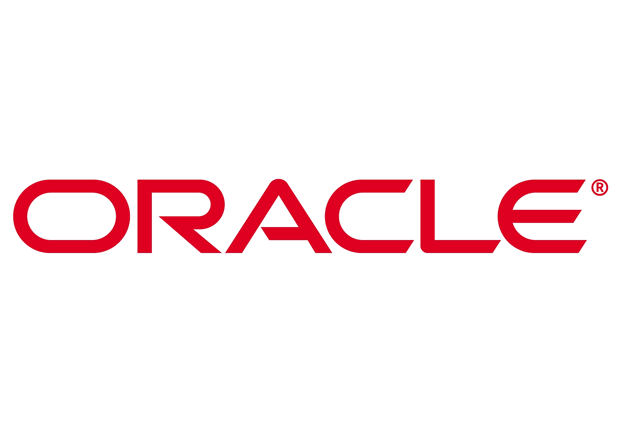It’s a simple fact: increased database performance directly results in increased efficiency and productivity for end users. When systems are running at peak performance there is less down time and user-initiated tasks are completed with less wait time. This increased efficiency in Oracle performance can create cost savings in the following ways:
- Customer loyalty and retention are increased by faster response times improved efficiency
- Processing more transactions over a period of time leads to increased productivity as customers and workers are capable of performing more mission critical tasks over that period, i.e., handling more support calls per hour
- Reduced query time makes business decision making faster. As a result, more time can be spent on analysis, which results in better decision making
Minimize Downtime Risks through Oracle Performance
Launching an Oracle performance monitoring solution enables you to minimize costly downtime risks resulting from unexpected system events or failures. By monitoring all of the systems and operations that run your Oracle databases, you are able to see conditions that may precipitate a system failure that could lead to a service disruption.
When databases go offline, business processes stop. When business processes are stopped, money is lost. Implementing an Oracle performance monitoring system will help prevent this costly scenario.
Decrease Hardware Expenditures with Oracle Performance Tuning
It’s easy to see that servers working at 80% to 90% and more utilization are overworked. But the standard solution of increasing hardware and software capacity isn’t always the answer.
The first remedy attempted should be Oracle performance tuning of the database to detect operational issues within the database. These efforts can often negate the need to spend tens or hundreds of thousands of dollars on increased capacity.
A simple issue like multiple instances of a single query can cause system wide I/O delays that sap performance and increase wait times. Oracle performance tuning outside of OEM capabilities is the only way to locate and eliminate these types of issues. Without a performance monitoring solution this type of system load may be interpreted as situation that calls for additional hardware like CPUs and storage.
Database servers that more efficiently perform their tasks require less capacity to perform those tasks. When less capacity is required to perform the same tasks there is reduced need for extra hardware. This means that future hardware expenditures can be put off until system growth, and not unnecessary utilization, requires them, resulting in immediate cost savings.
Guest post created by Josh Stein for Confio Software.

